Pál ‘Sigray de Bátor (1839-1925) was a lawyer, landowner, the founder of the Zugliget Association, and one of this district’s most prominent people, but these days few people know about him. In 2020 the Hegyvidék Local Council decided to honour him by naming the renovated green space next to Normafa Ski-House (Normafa Síház) the ’Sigray Rest Area. He also opened Remete Cave to visitors 110 years ago, which had once been a dwelling for László Báthory, a monk of the Order of St. Paul. It is appropriate that we recall ‘Sigray’s life, with special attention to his endeavours for Zugliget.
His Family Origins and Youth
The ‘Sigray family is one of the oldest noble families in Hungary. One of its ancestors was János ‘Sigray, overseer of Szepes county in the Kingdom of Hungary (now in Slovakia). Thanks to him, the Szentlélek Church was built in Zsigra (or Žehra in Slovak) between 1245 and 1275. The church still stands, and since 1993 has been a UNESCO world heritage site. Its outstanding feature is its medieval frescos which depict Christ’s crucifixion and the legend of St. László, as well as a special depiction of Christian life. The tomb of János ‘Sigray can also be visited in the church.
Pál ‘Sigray de Bátor was born in 1893 in the village of Bócsa on Hungary’s Southern Great Plain. His family had already lost much of their fortune. Their noble name was the only reminder of their nobility. He attended the high school in Nagykőrös where notable figures such as the historian and politician Károly Szász and the writer and poet János Arany have taught. He went on to university in Pest where he received a degree in law. He worked as a lawyer, then as legal adviser and chief secretary at the Atheneum Publishers. He worked at the Pest First National Savings Bank, was a member of the Székesfőváros (Budapest) Lawmakers Committee for several decades, and also served as vice-president in the Bank’s Kolozsvár branch. He was a Calvinist who actively took part in the life of the church an official advisor and held positions as an elder of the church on Kálvin Square and as chief custodian of the Dunapetele congregation. With a lot of effort and determination he reestablished the family’s financial stability, but thanks to his public service, the capital and the nation also developed its strength. In 1910 he purchased a single storey house at 56 -58 Váci Street which he pulled down and, in its place, built a neo-Baroque contemporary four storey block of apartments. It was designed by the architect Rezső Vilmos Ray. After his death, the building was taken from his family during the socialist era. In 2014 a plaque honouring Pál ‘Sigray de Bátor was placed on the building.

The fifty-year reunion of graduates of the Nagykőrös High School in 1859. Pál ‘Sigray de Bátor sits in the front row on the left.
Pál ‘Sigray in Zugliget
In that era, many civil associations and social organisations came into being with the aim of developing and beautifying the residential areas and preserving their natural and cultural value. Pál ‘Sigray was an active member of several of these, among which the most important was the Zugliget Association, in which he served as president for 25 years. It’s no surprise that on 13 July 1892 he was elected the first president of the Budapest-Zugliget Association, which owned many summer homes along Janka Road. The following were the association’s goals:
“The association’s goals are the awakening and promulgation of all the interests of Zugliget, as well as the promotion of material values, Hungarian culture and the enlivening of social life among the population. The association will endeavour to reach these goals by beautifying Zugliget, putting the environment in order, promoting the construction of walkways and roads with directional signs and maps, etc., and also enlivening social life with social gatherings, dances, concerts, book readings, excursions, etc.”
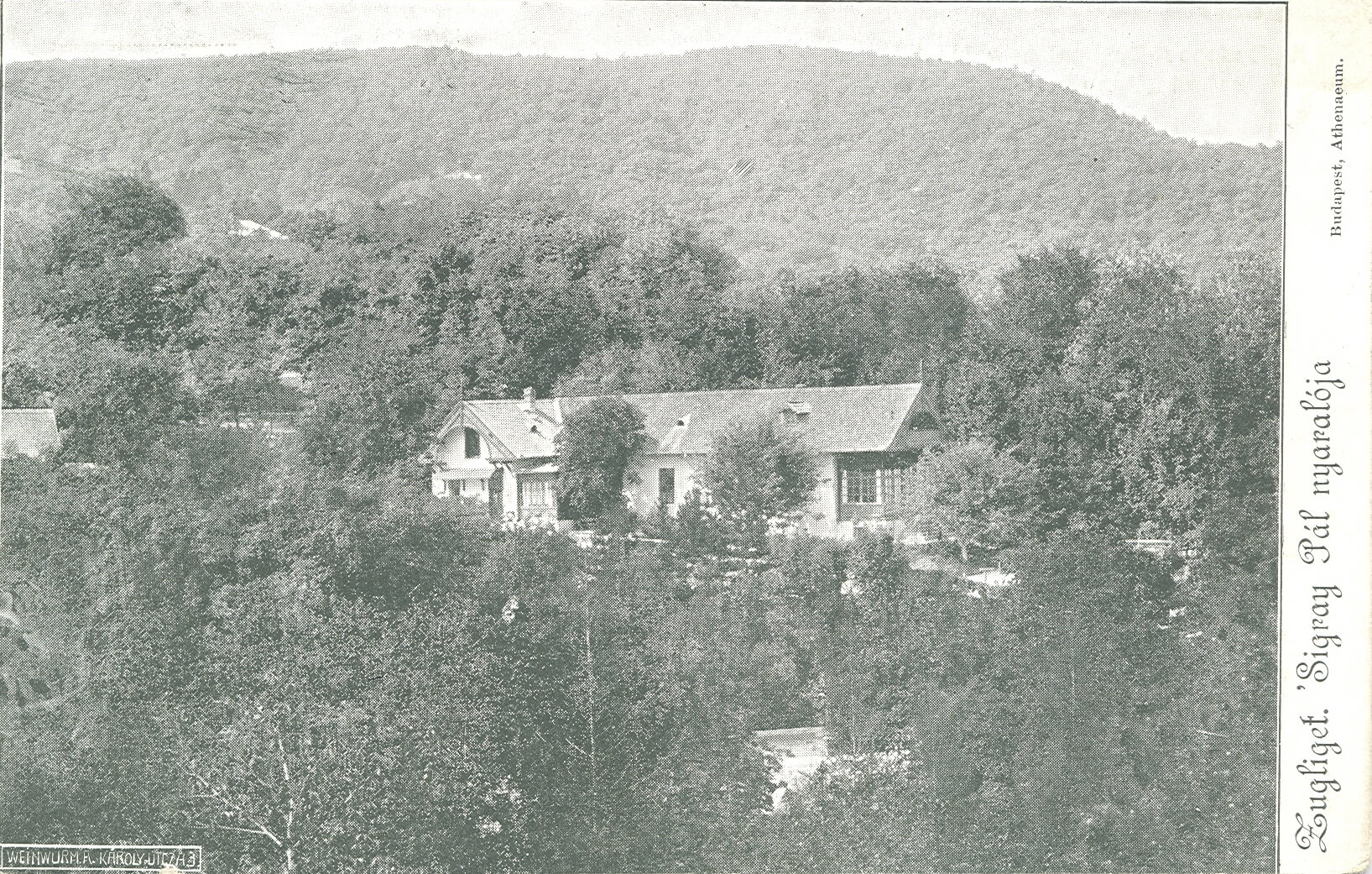
Thanks to the association, roads and walkways were built in Zugliget, maps displayed, and dances, concerts, book readings and excursions were organized, thus intensifying interest in Zugliget as well as an awareness and preservation of its cultural and natural heritage. ‘Sigray published the first multilingual tourist guide on the area in 1906, complete with maps and illustrations, under the title Zugliget és vidéke (Zugliget and its vicinity).

An impressive amount of urban development followed in our district. The road network and its associated infrastructure remains of lasting value. Among the roads built at the time are Zugligeti Road, Béla Király Road, and Kútvölgyi Road. ‘Sigray’s endeavours resulted in the water, gas and electricity networks in Zugliget and Svábhegy. As a member of the capital city’s delegation, he personally oversaw the construction of Zugliget Road, even organizing the delivery of materials. He gave some of his own land to the city to allow the construction of Béla Király Road. We can also thank him for the building of Mátyás Kiraly Road, and thus indirectly for the wooden lookout that stood at the road’s end on the summit of Jánoshegy. Later, he was instrumental in the erection of the Elizabeth Lookout there. Furthermore, Árnyas, Csermely, Csige, Janka, and Zalai Roads were built as a result of his efforts. The construction and furnishing of Zugliget Elementary School were financed from his own pocket. And even though he was a Calvinist, he also financially supported the construction of a church in Zugliget for a Catholic order known as the English Sisters of the Congregation of Jesus.
He also took responsibility for the preservation of natural assets. For example, he actively took part in the excavation of the cave where László Báthory, a monk of the Order of St. Paul, had once lived. At the official opening ceremony in 1911 he gave a speech which later appeared in print. A commemorative plaque was placed at the cave entrance, and a lavish dinner was served there to celebrate the opening. The Zugliget Association invited representatives from Budapest’s clergy and holy orders, the Hungarian Science Academy, the Historical Society and the City Government. After ‘Sigray’s speech, councillor Ferencz Déry accepted the ongoing maintenance of the site on behalf of the city.

Tolnai Világlapja – 20 August 1911 – The unveiling of the cave. ‘Sigray is marked with an X.
Kossuth and ’Sigray
During the exile of the revolutionary leader Lajos Kossuth, he tried continuously to spread his ideas across the world and back to his homeland. Towards the end of the 1870s he decided to publish the letters and diaries that he had written in exile, so he asked for help from the offices and printers of the Atheneum publishing house. In 1879, József Vérey, its director, Lajos Urváry, the editor of the journal Pesti Napló (Pest Diary), and Pál ‘Sigray, legal advisor to the publishers, went out to meet Kossuth in Turin, Italy, in order to negotiate a deal and buy his papers. A contract was secured for forty thousand forints, allowing the publication of the papers in four volumes, about which Pesti Napló would also report in detail. “These samples will arouse the public’s interest in the papers, after which they will enjoy unparalleled marketability, and from these letters the public will get to know how he lives, how he works and how he rests – their favourite, their Lajos Kossuth.” (Pesti Napló, 21 March 1894)
Pál ‘Sigray was also expressly concerned with taking care of memorials to the most popular political figures of the reform period. The city’s first statue of Lajos Kossuth was dedicated in Zugliget in 1913. ‘Sigray occupied the position of vice president, alongside Antal Szebeny, in a committee created to bring this statue into being. As well as an admirer of Kossuth and preserver of culture, he had sought many times to meet him in exile personally, so it was natural that he would be a key player in creating Budapest’s first Kossuth statue. In May 1837 Kossuth stayed in our district at the Istenszeme Hotel along with his friend Ferenc Toldy, literature historian. Kossuth had already defied the authorities, and so taking advantage of his rest they captured him on 5 May. The laws at the time allowed for no disloyalty or treasonous talk, leading them to sentence Kossuth to four years in prison.
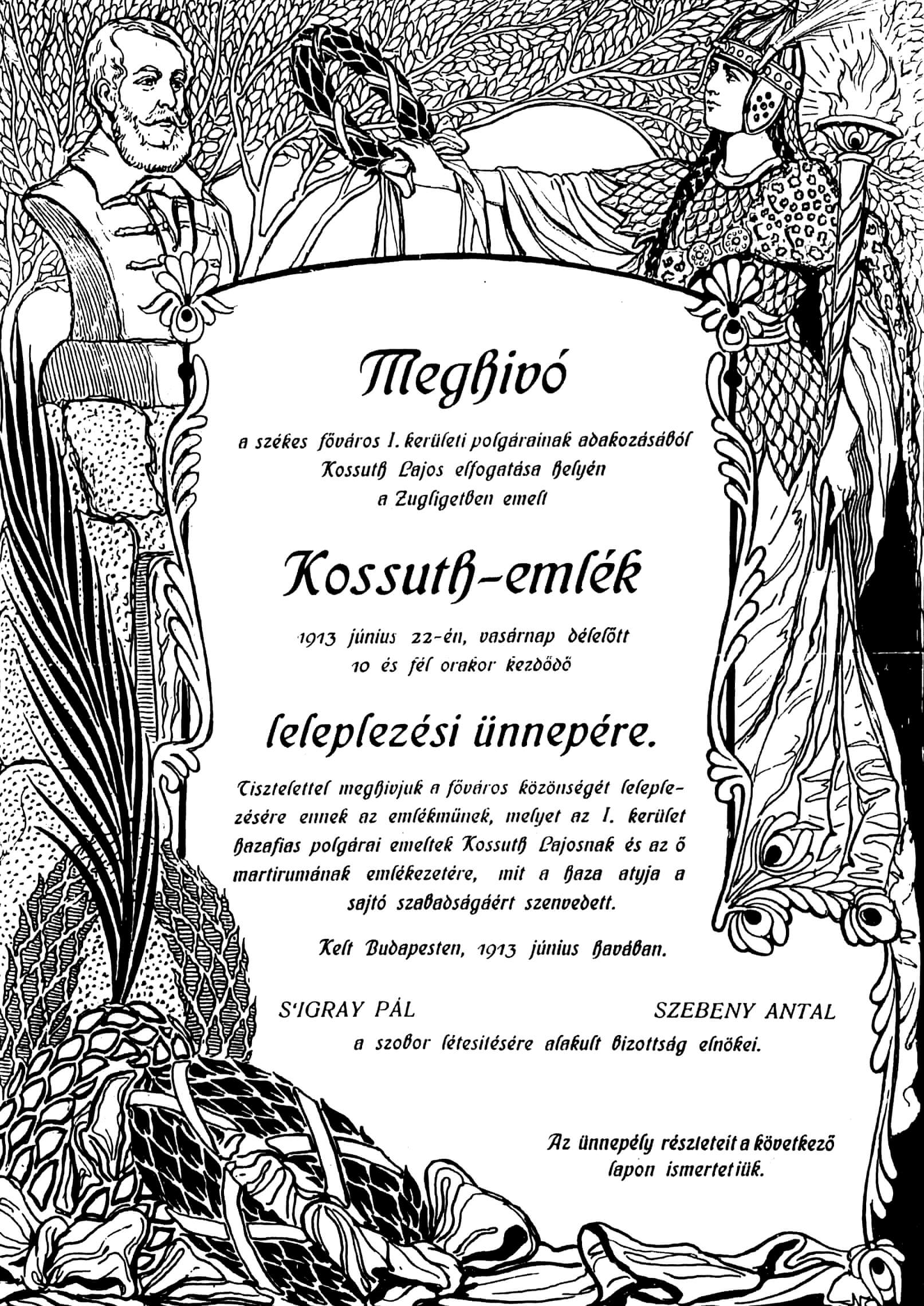
The statue was erected in front of the hotel on 22 June 1913. At the commemoration ceremony, ‘Sigray gave a speech which began as follows:
“Now lift the veil. Behold, the statue of Kossuth, the inspired creation of sculptor István Tóth and cast in bronze by József Haraszti. Here is the plaque which will record that moment forever when the royal prosecutor stepped into that tiny room with two soldiers, representing executive power. There stood Kossuth, at one in the morning, half-dressed, at the foot of his bed, and holding his hand to his heart he said: ‘I have committed no crime to which I would give myself up for arrest, but in any case I am a Hungarian nobleman who can protest after a legal summons and a just trial.’ This statue was erected by Zugliget Association and the Circle of Free Citizens. May this monument proclaim forever the memory of Lajos Kossuth, made more enduring in bronze and stone by the grateful people of Hungary.”
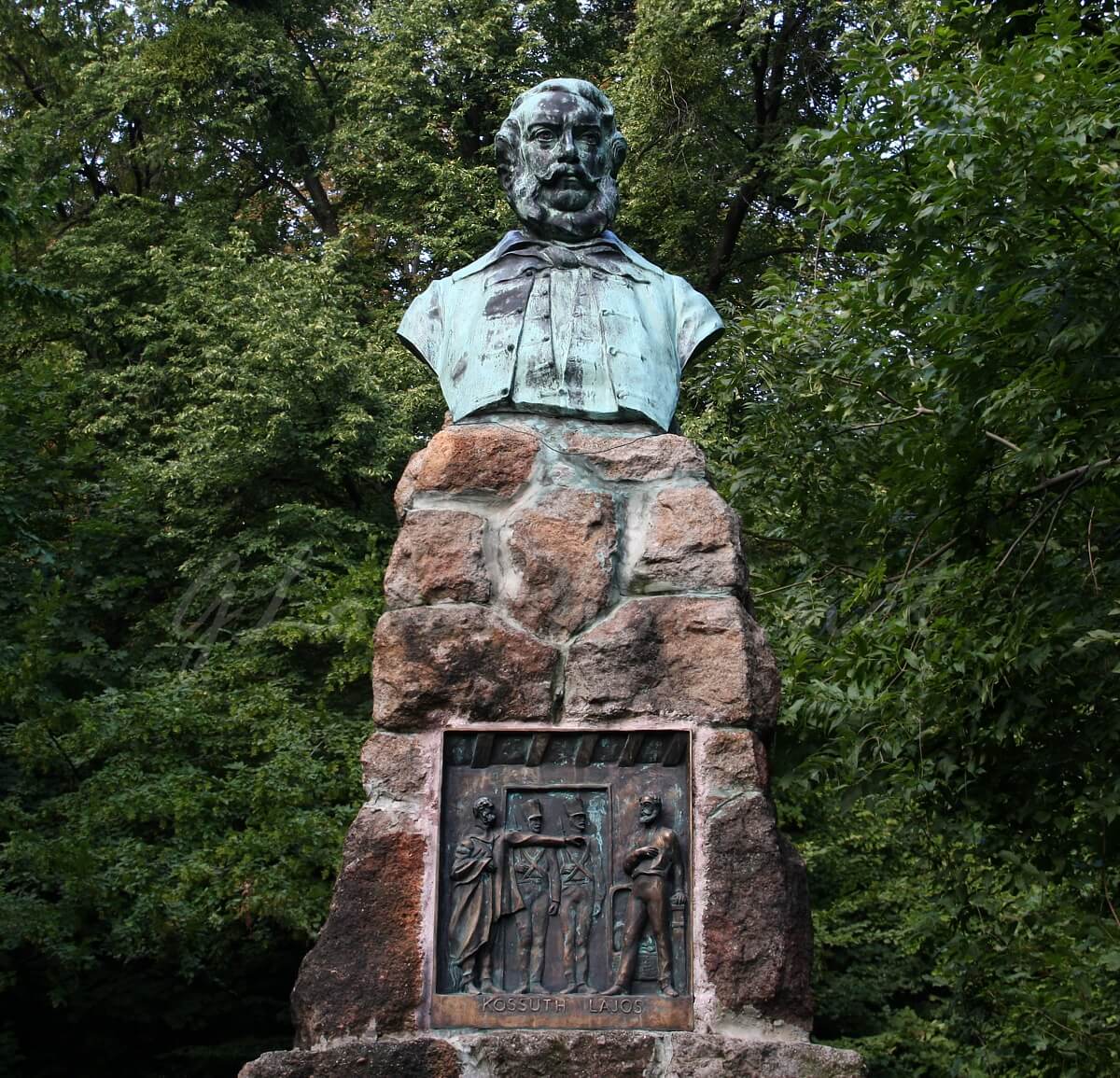
In the April of that year, following the death of his good friend István Kléh, who had served in Kossuth’s government as Secretary of Finance, ‘Sigray organized Kléh’s memorial service in Saskör meeting hall where he also gave the valedictory speech.
In the course of his life ‘Sigray did not only do so much for the residential area but also for Hungarian culture, and thanks to his position he had significant influence on the nation’s development. In 1925, he passed away at the age of 86, but his long, active life still serves as an example to us today, regarding his work for both the district and the nation. At his funeral on 9 October 1925, Bishop László Ravasz honoured ’Sigray with these words:
“After the span of three generations Pál ‘Sigray be Bátor leaves us, almost ninety years from the cradle to the grave. From the very beginning of his life this pale-faced youth was surrounded by love and care. He was a descendant of a noble family, but he came to realise that his family had lost everything except their noble name. Many perished in such conditions, but he was saved. He learned what work was – a burden and a strength, and he learned the value of willpower, sacrifice and self-discipline. The child matured quickly, taking responsibility for his own family, struggling every day to put bread on the table. From that time he began helping everyone, always giving and never asking anyone for anything. His fifty most productive years coincided with the formation of the modern Hungarian state. He had every success, as if he were the “the man with the golden touch”. If he took on a project, it grew and branched out, and drew the attention of many from whom he could gain cooperation. In he sat in a boat, the winds became favourable, and the waters calmed. If he shared a burden, it became much lighter for others. When he stepped into the council chambers, he initiated new endeavours, and success followed. And all the while, he remained humble and modest.”

The ’Sigray coat of arms, from Hungary’s Counties by Samu Borovszky


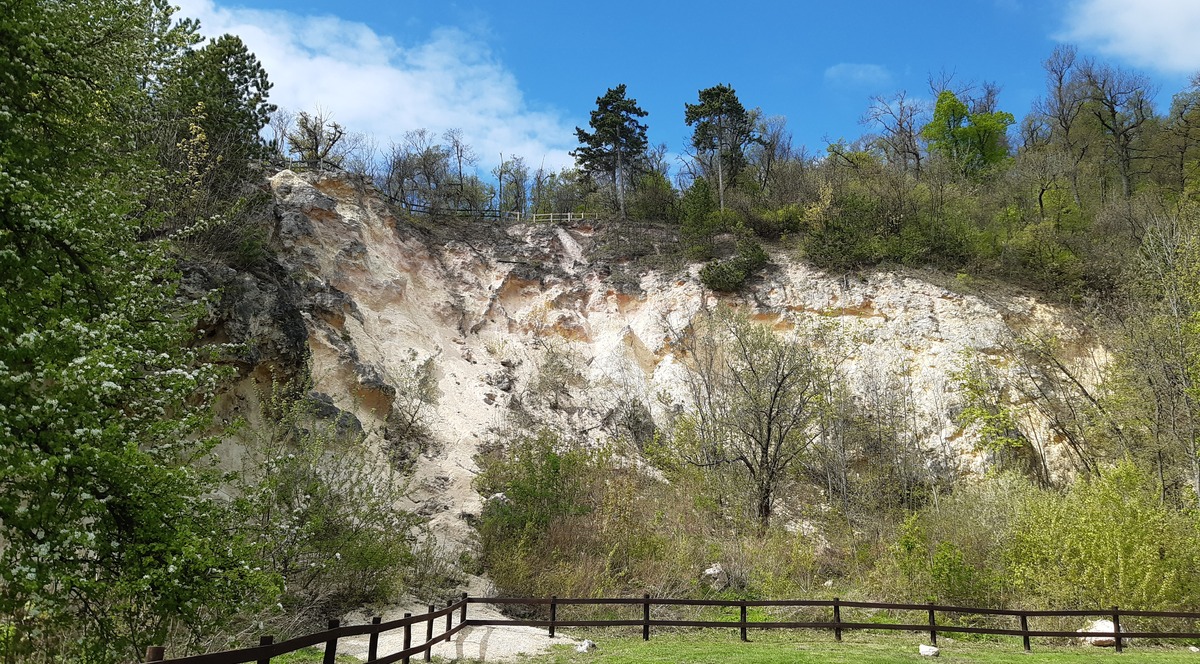
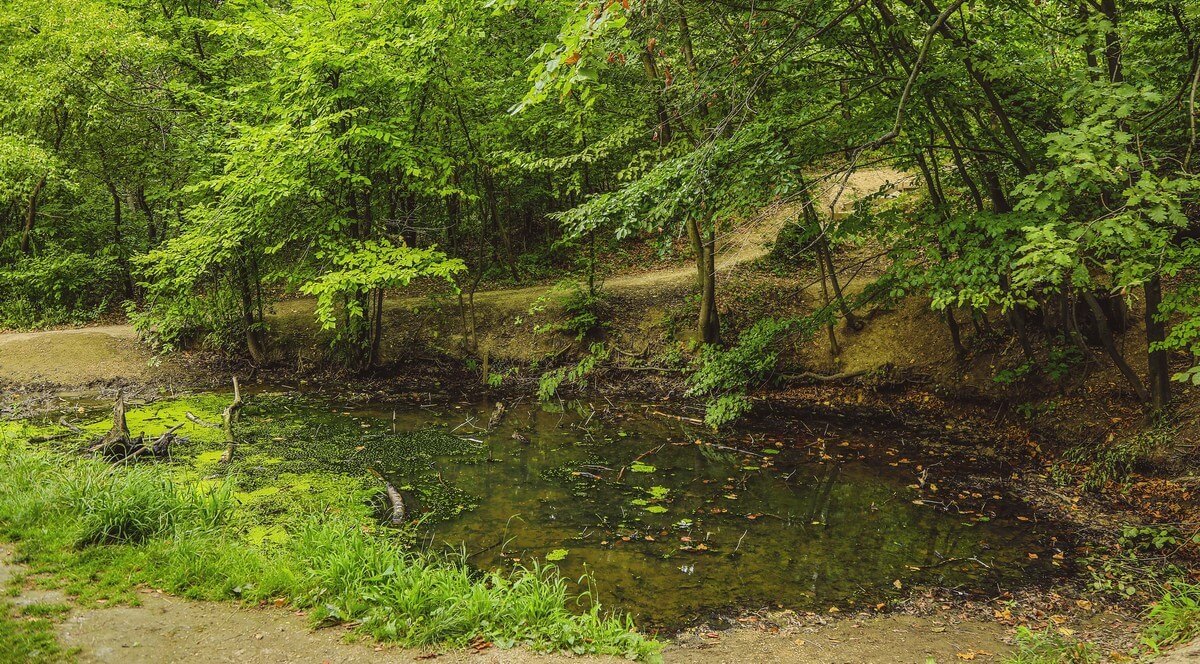
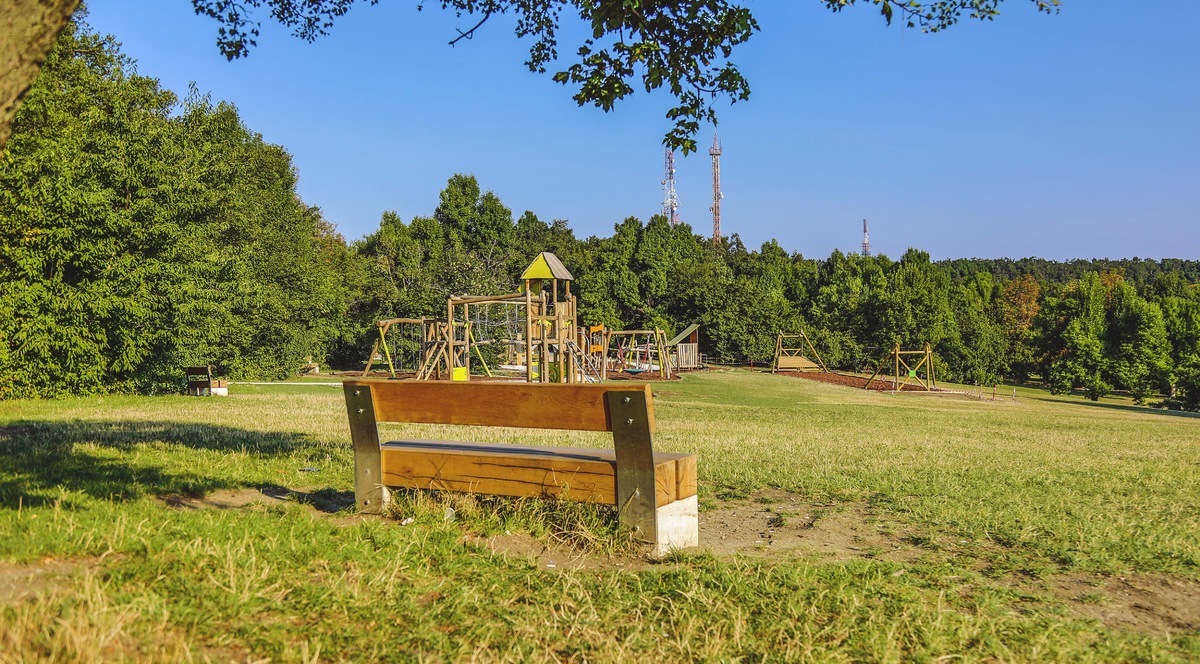
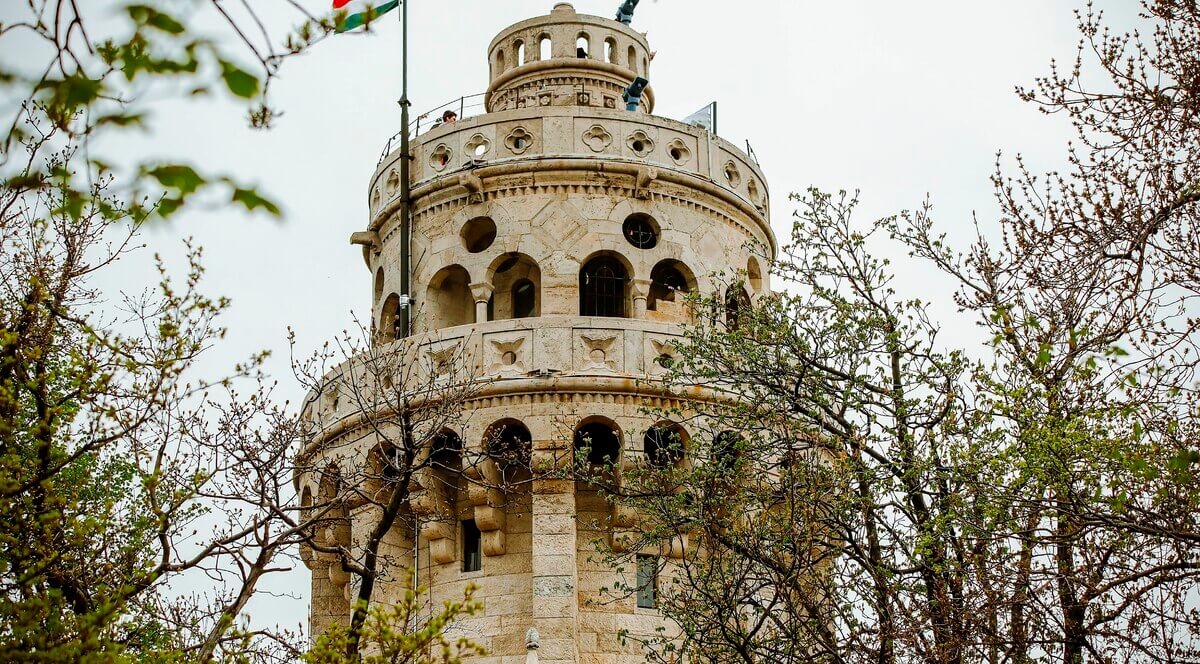
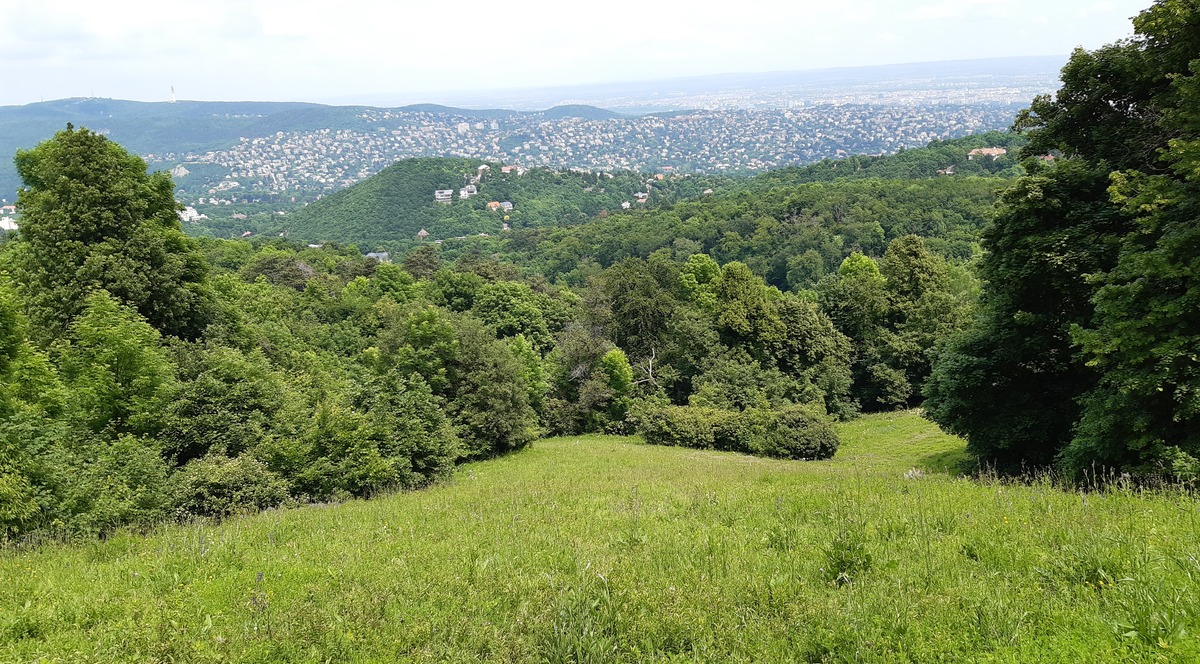
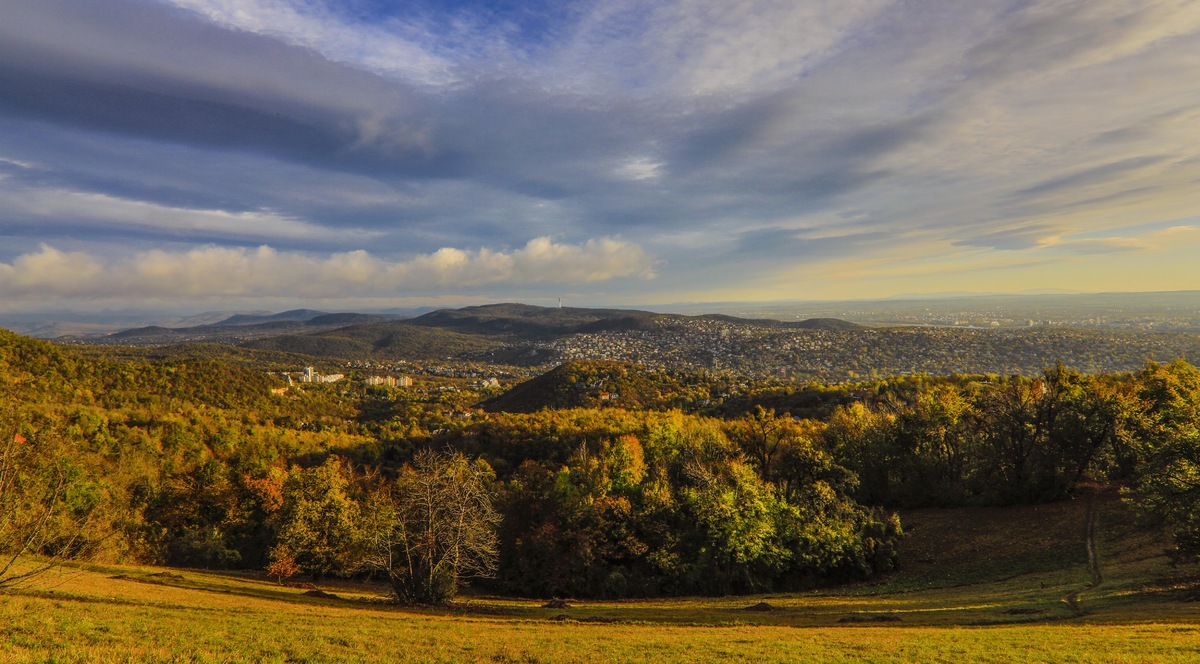
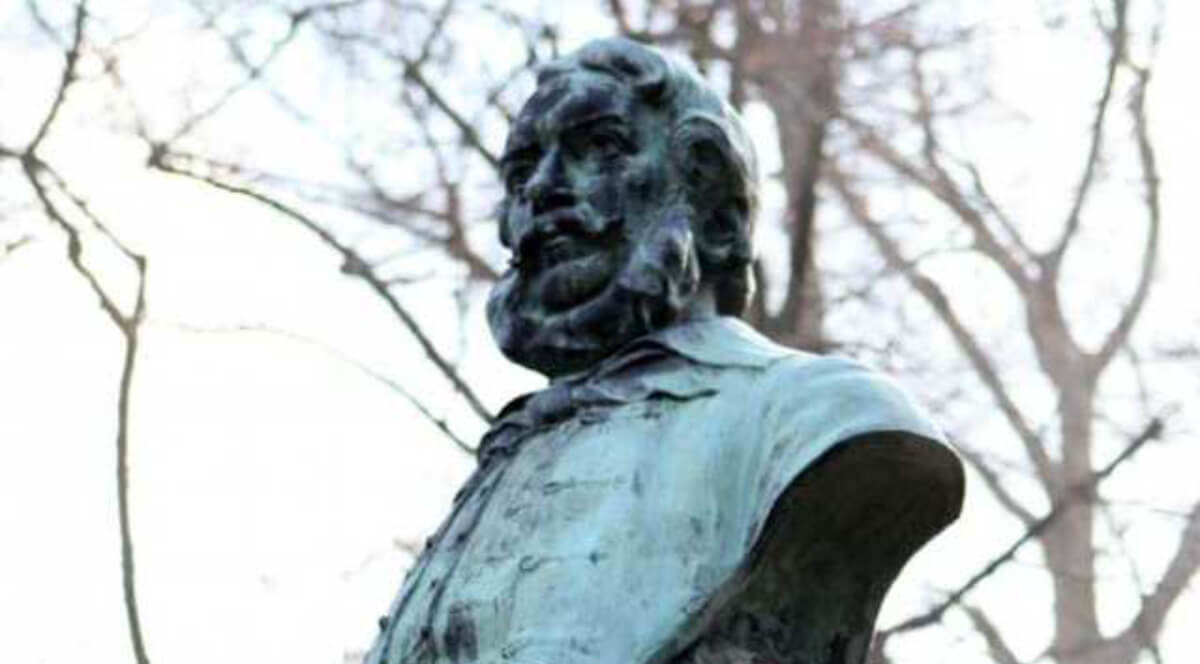
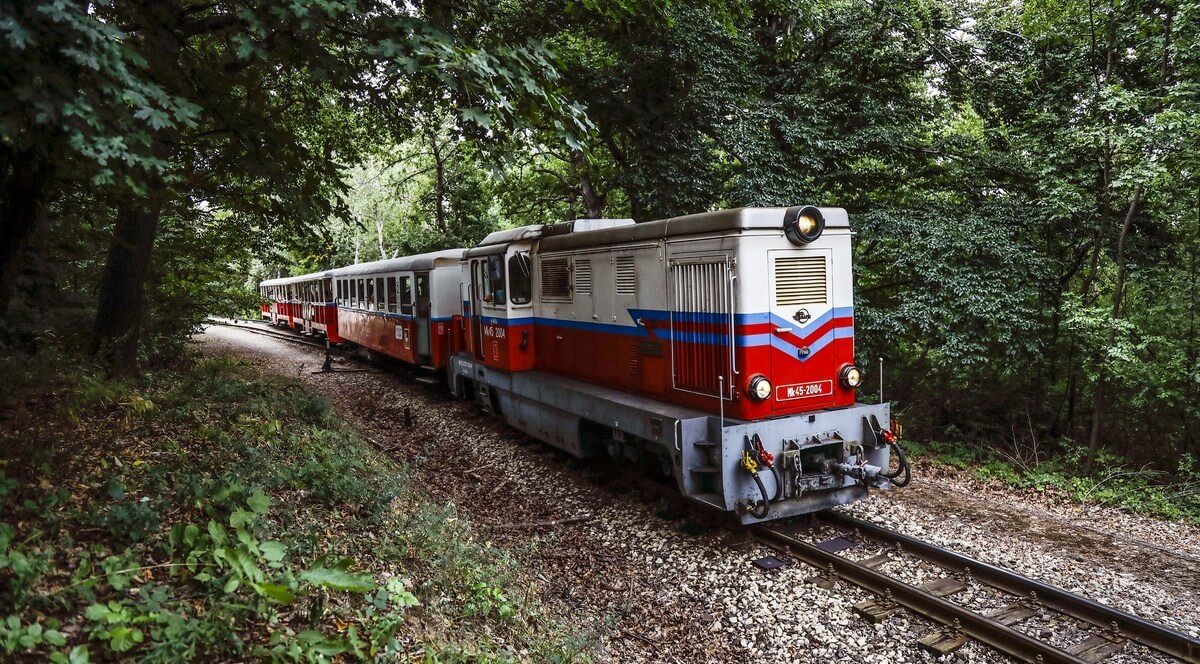
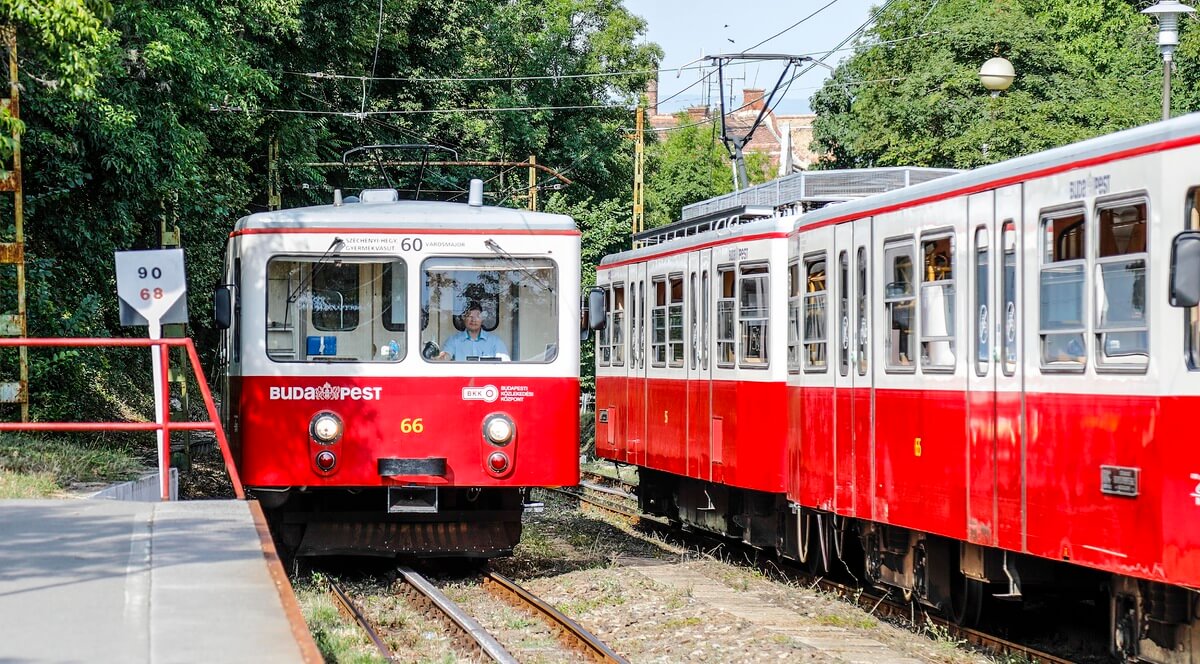
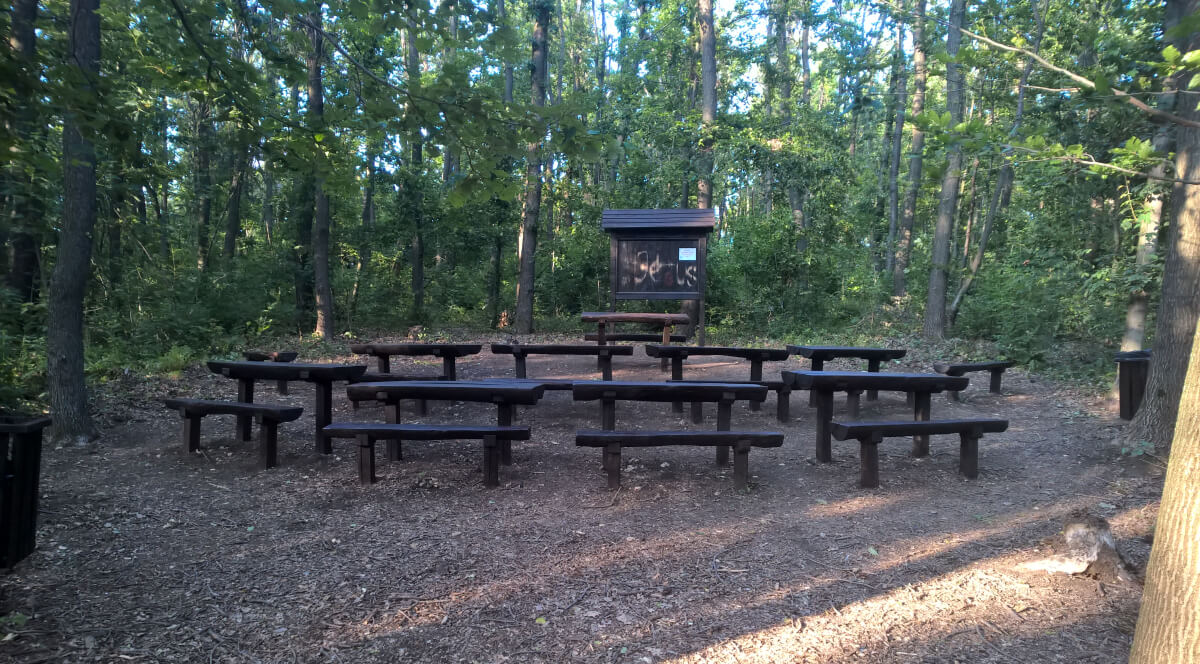
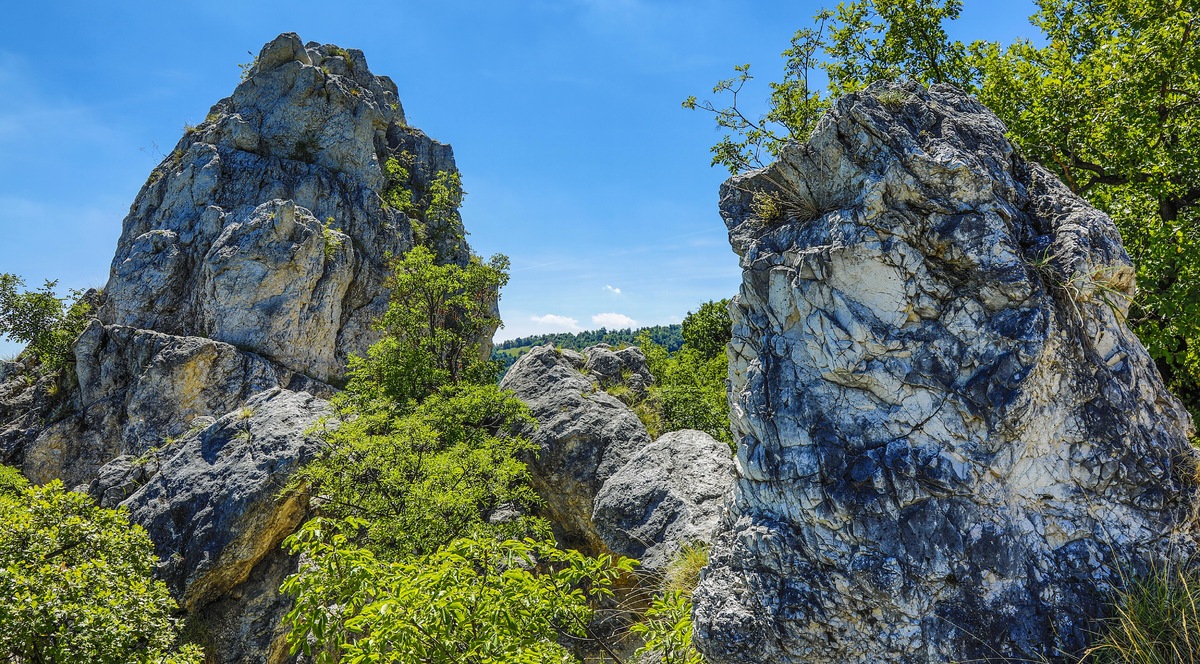
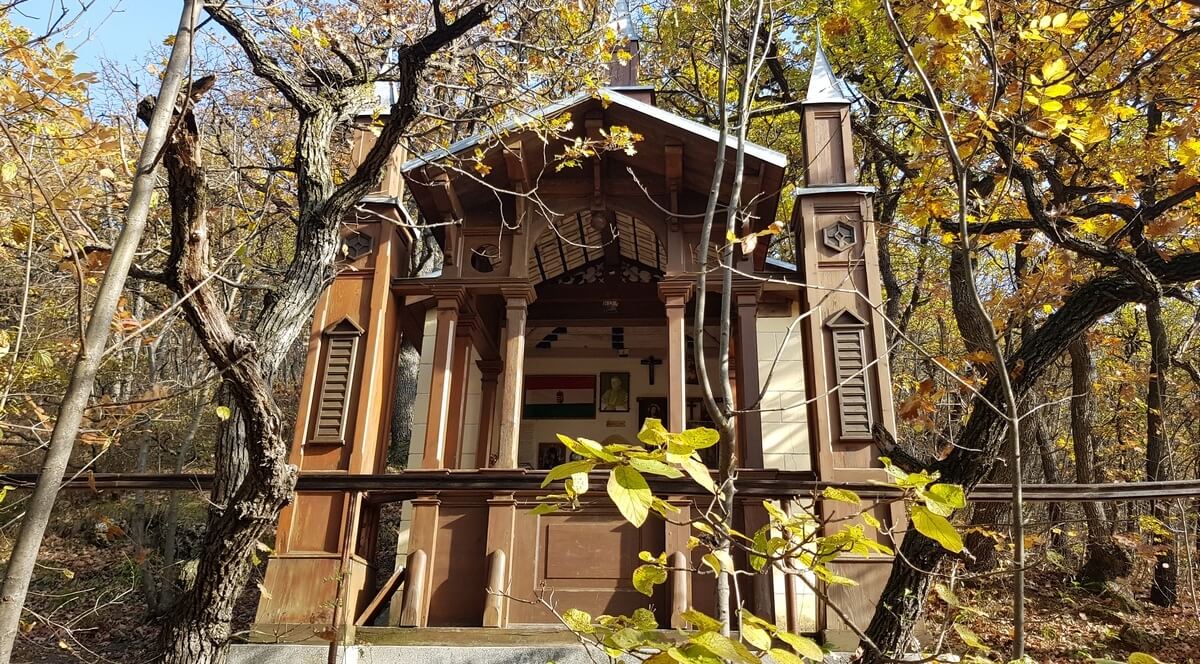
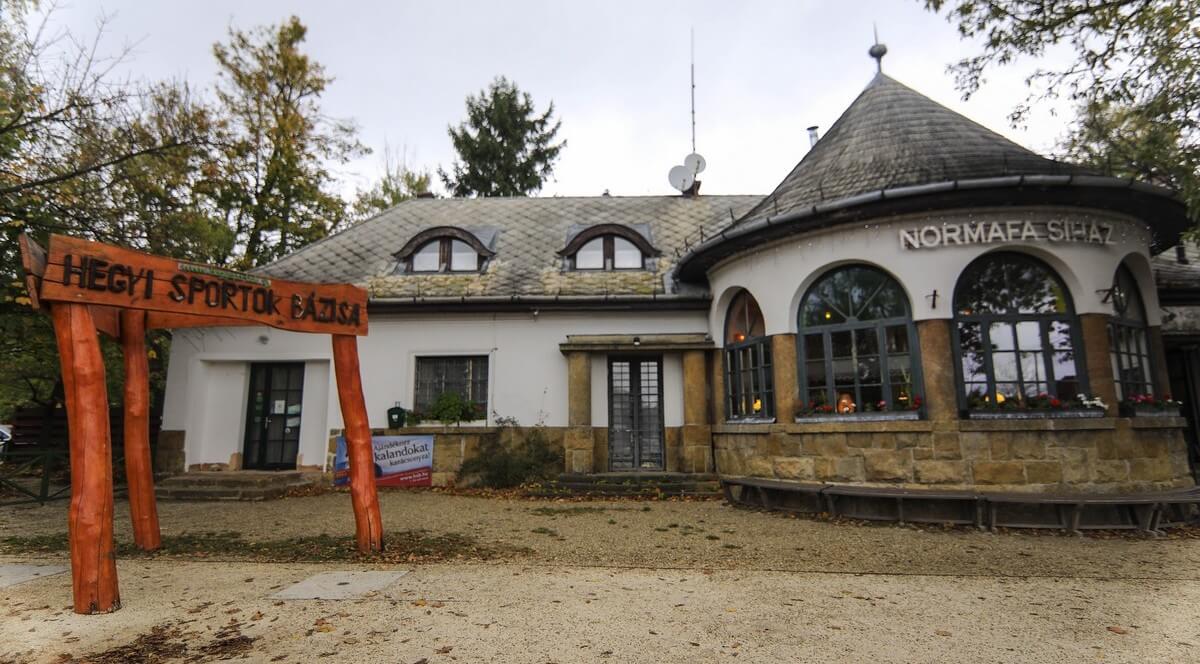
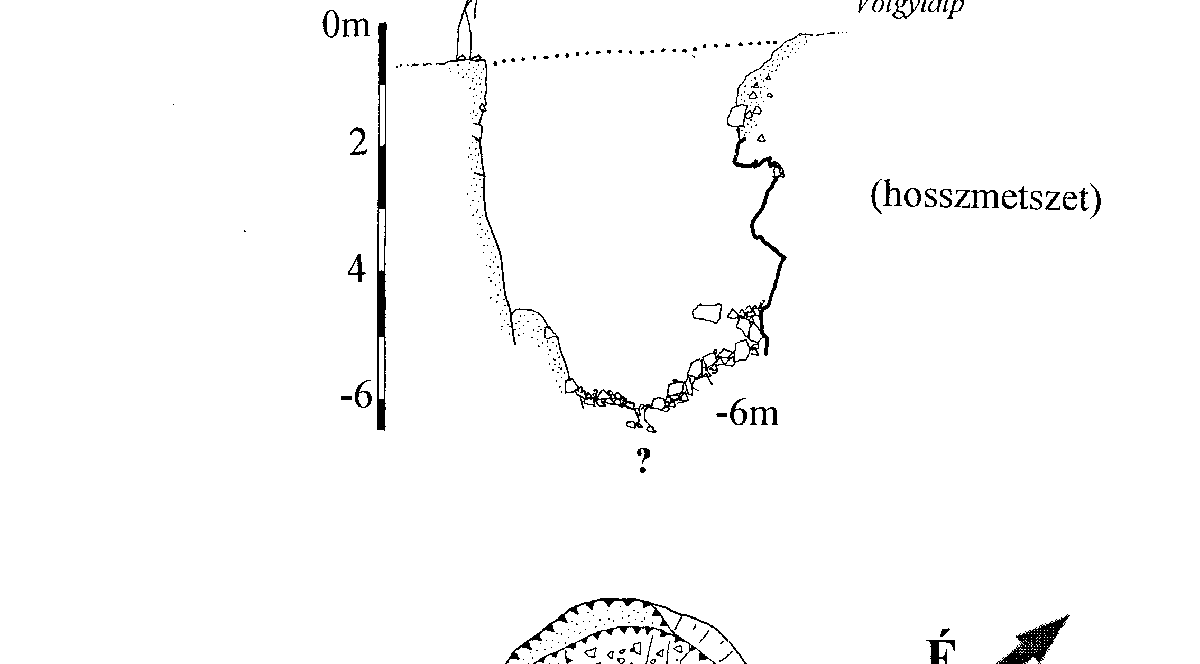
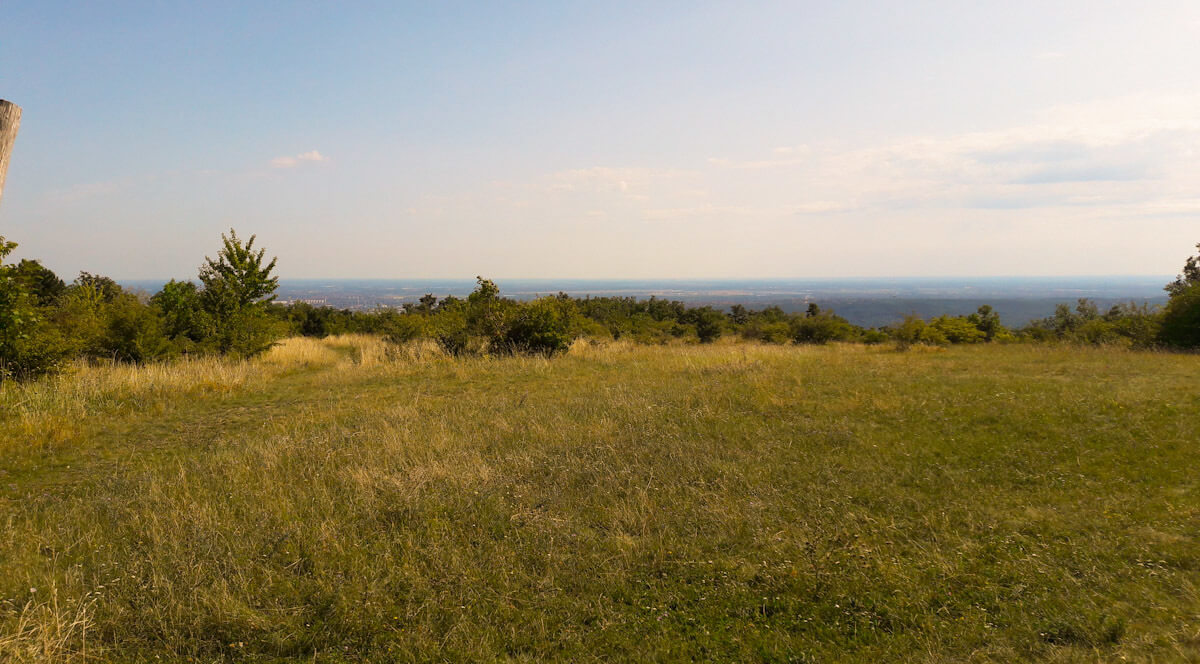

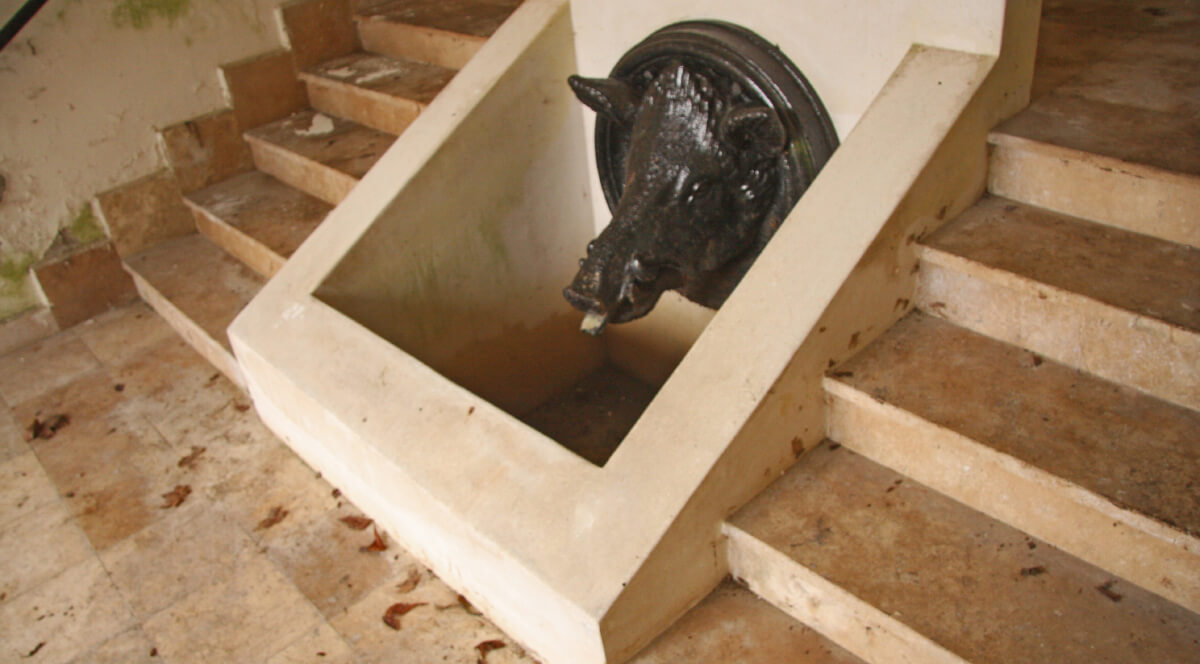

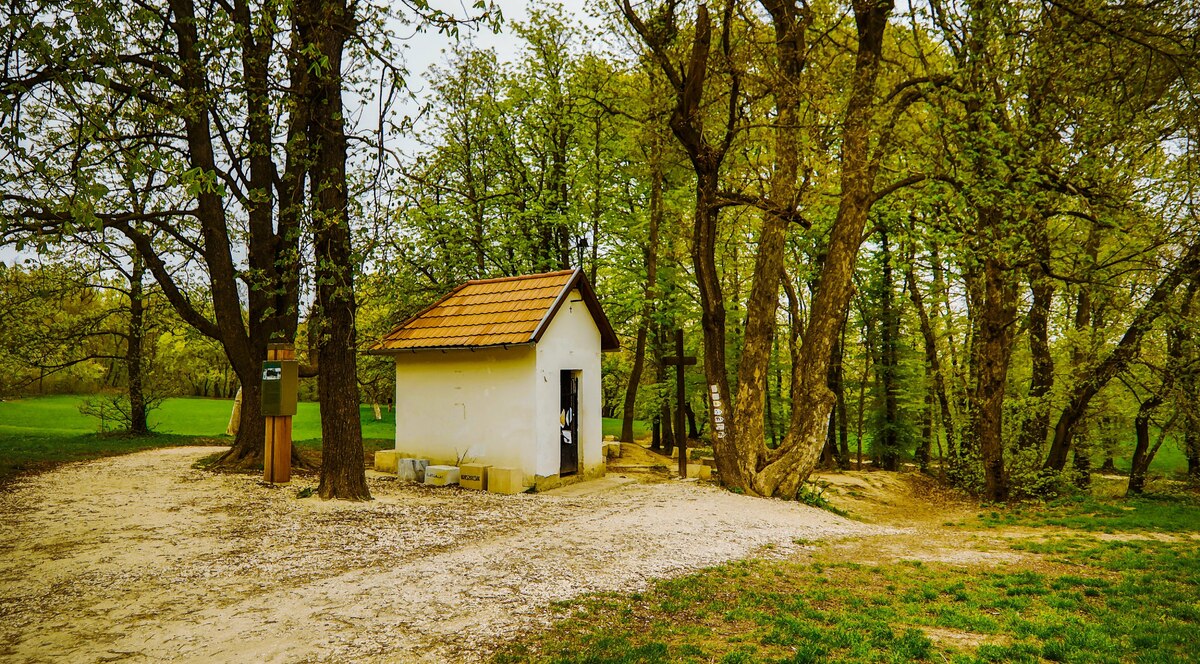
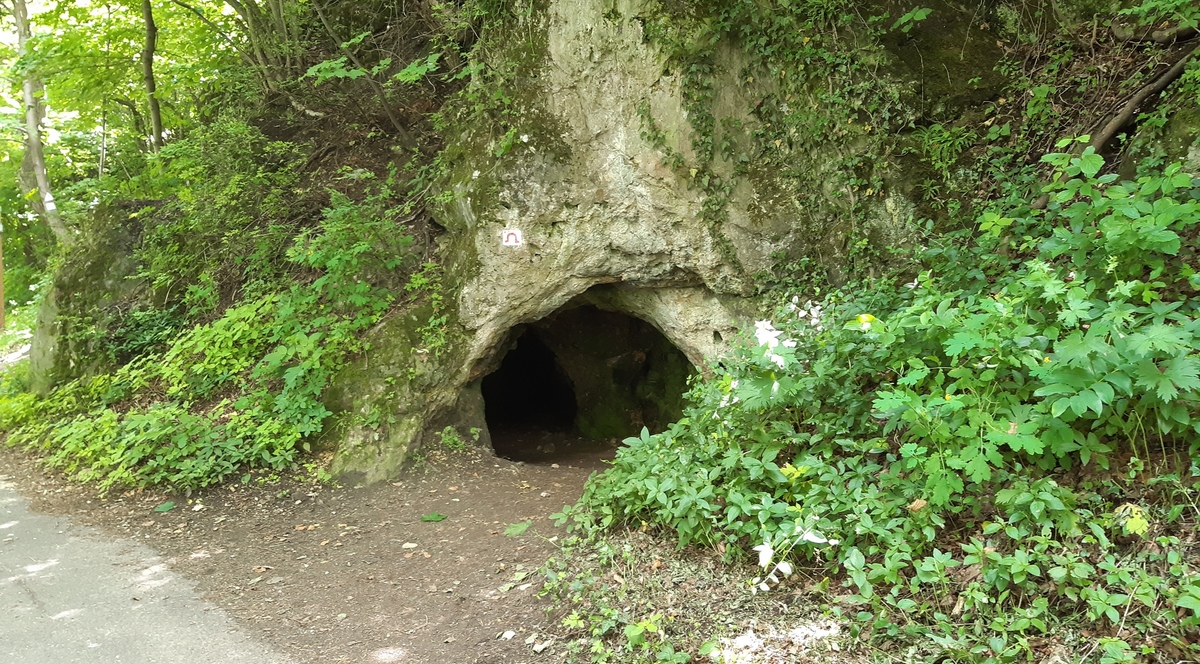
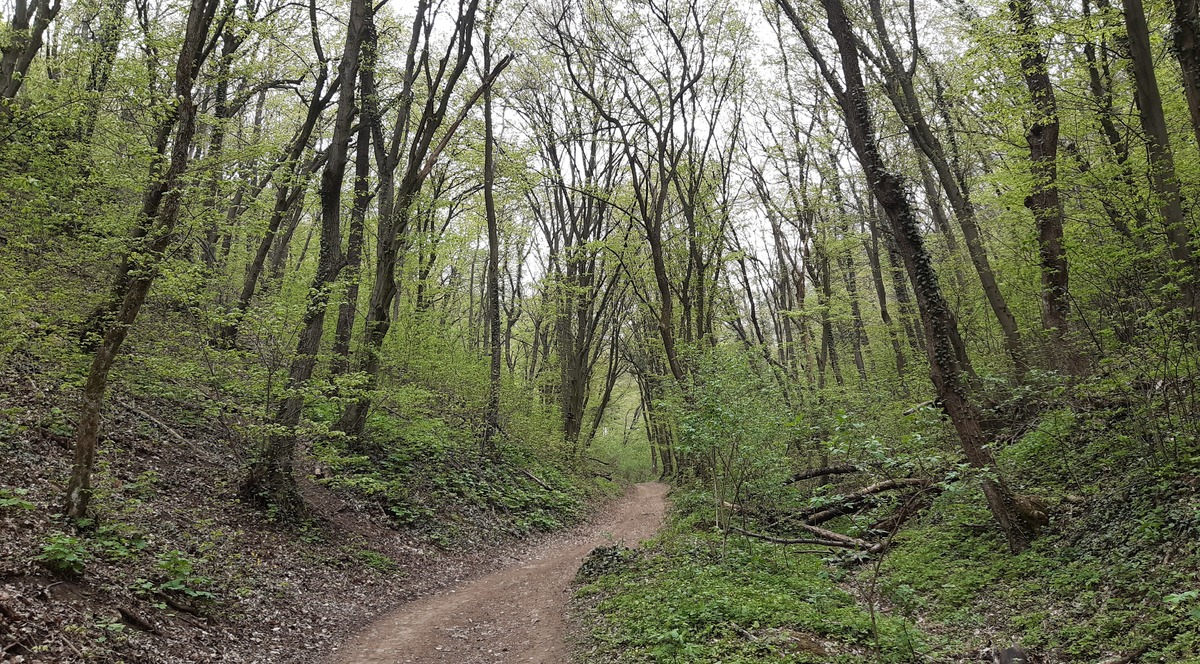
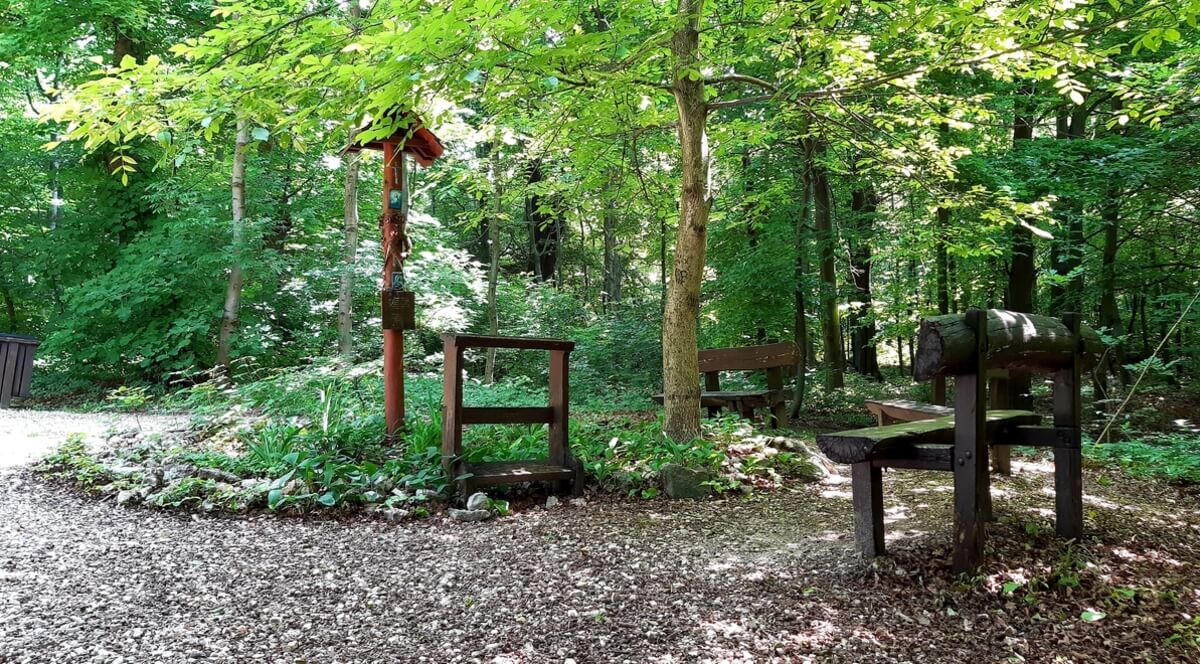
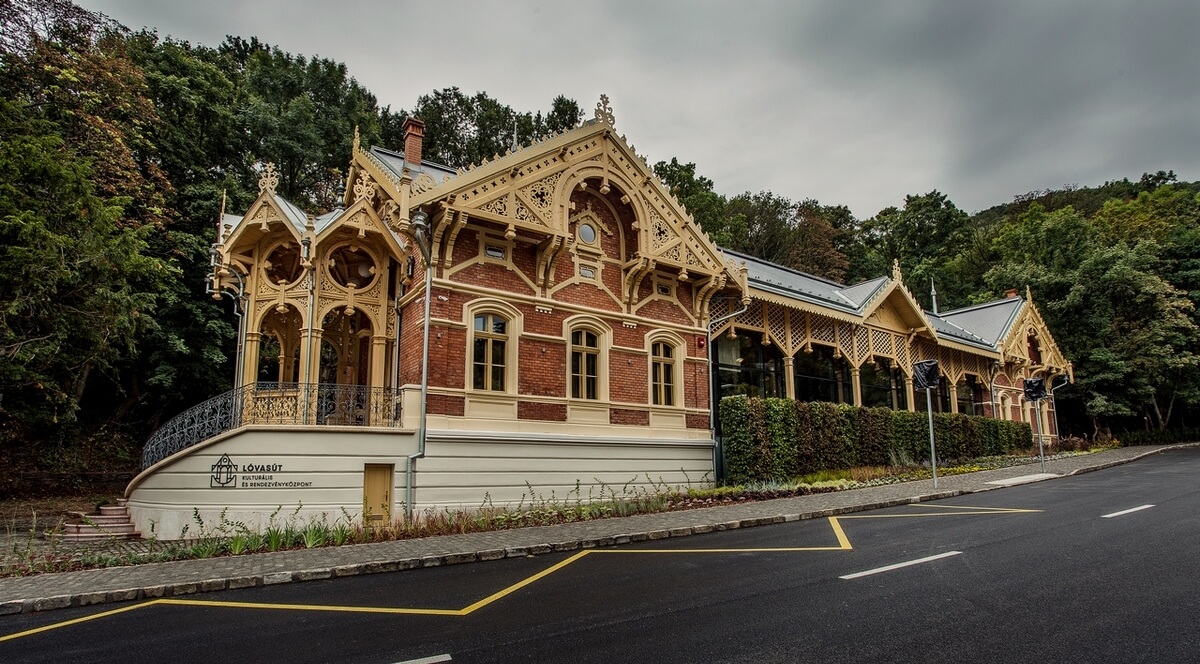
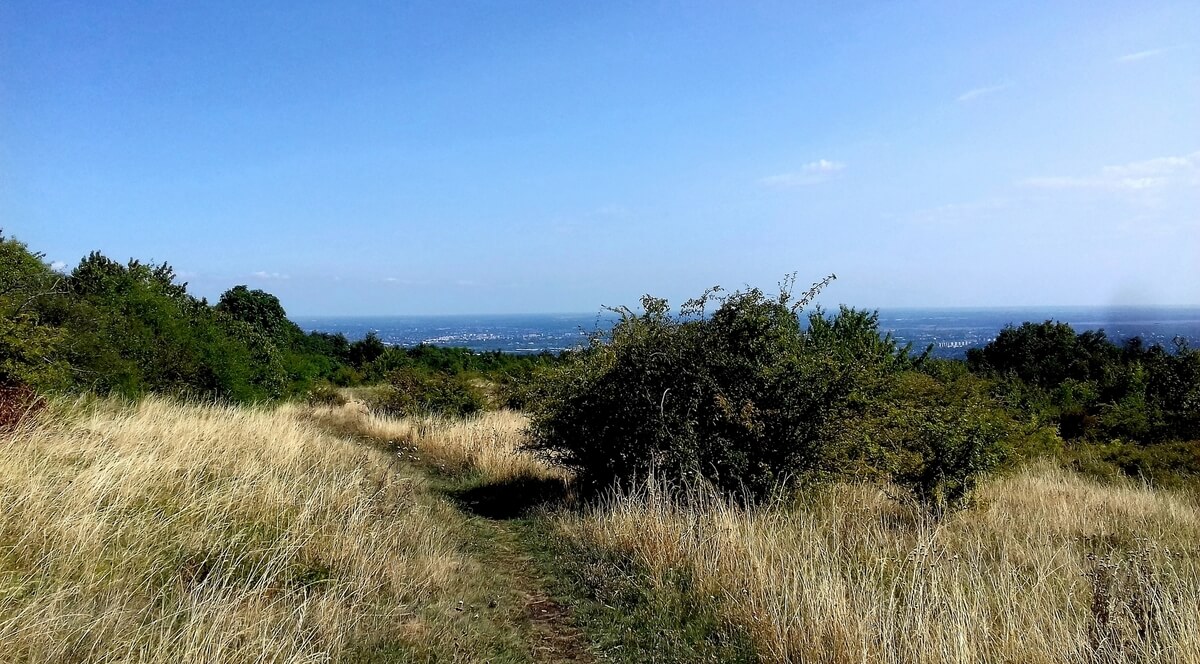
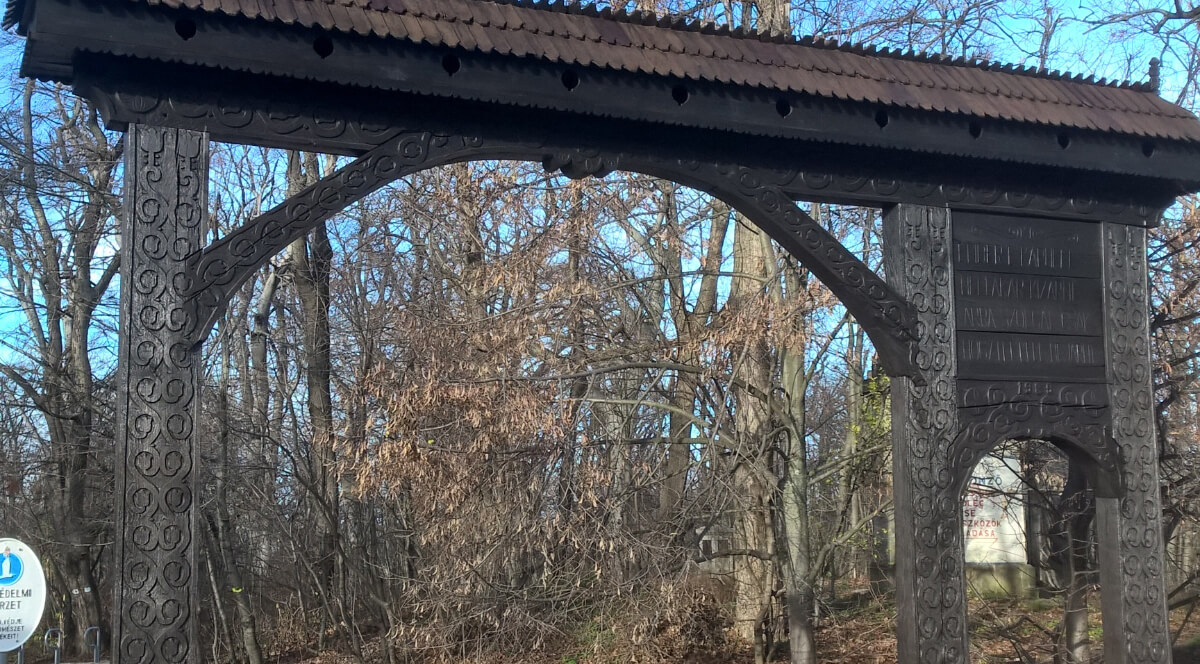
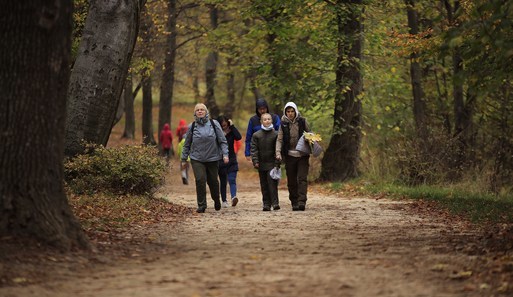
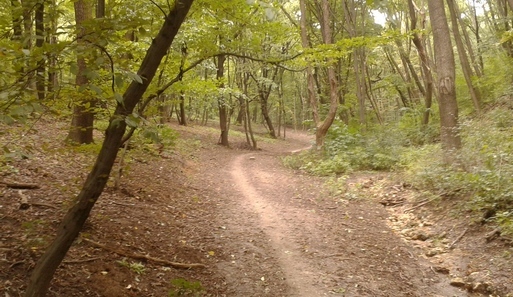
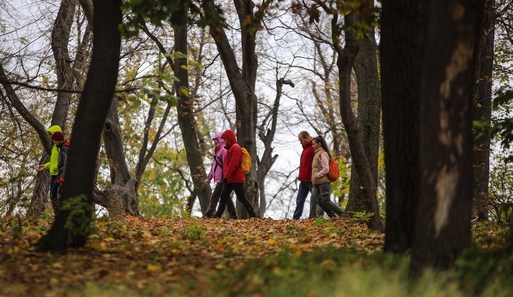


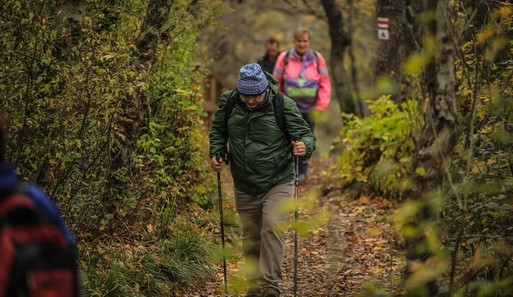
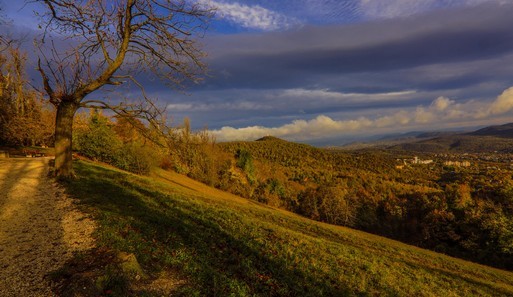
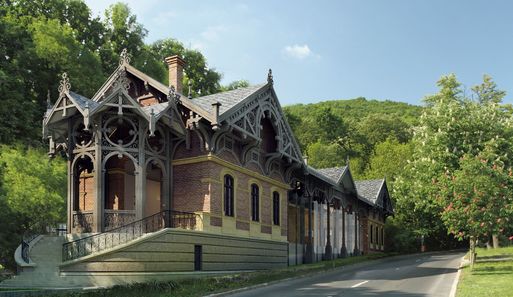
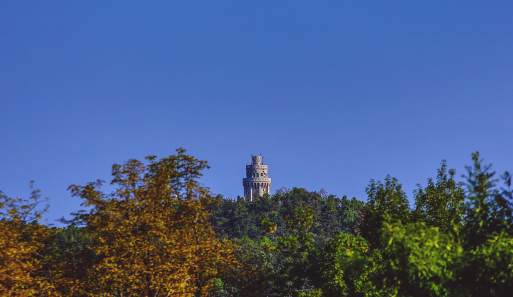
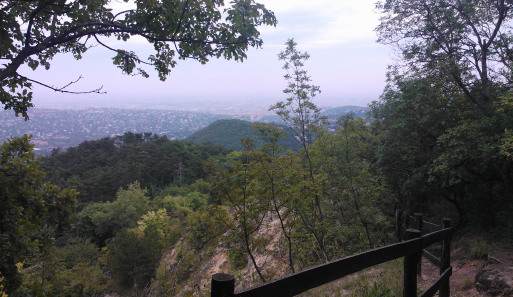


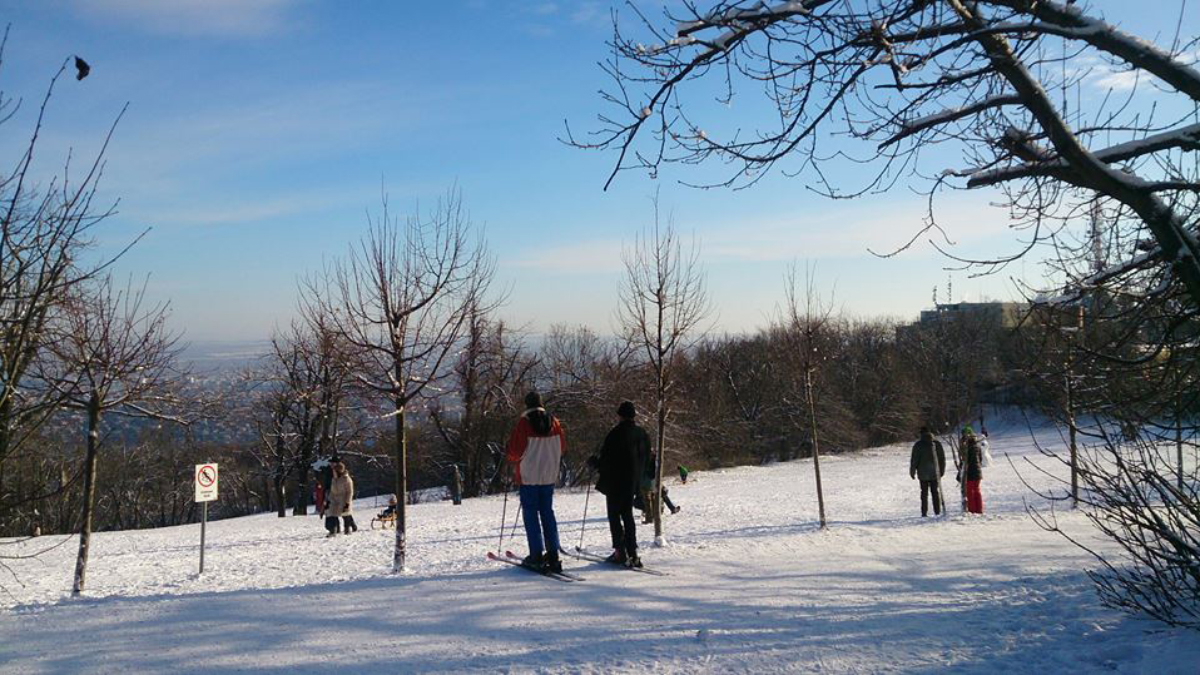






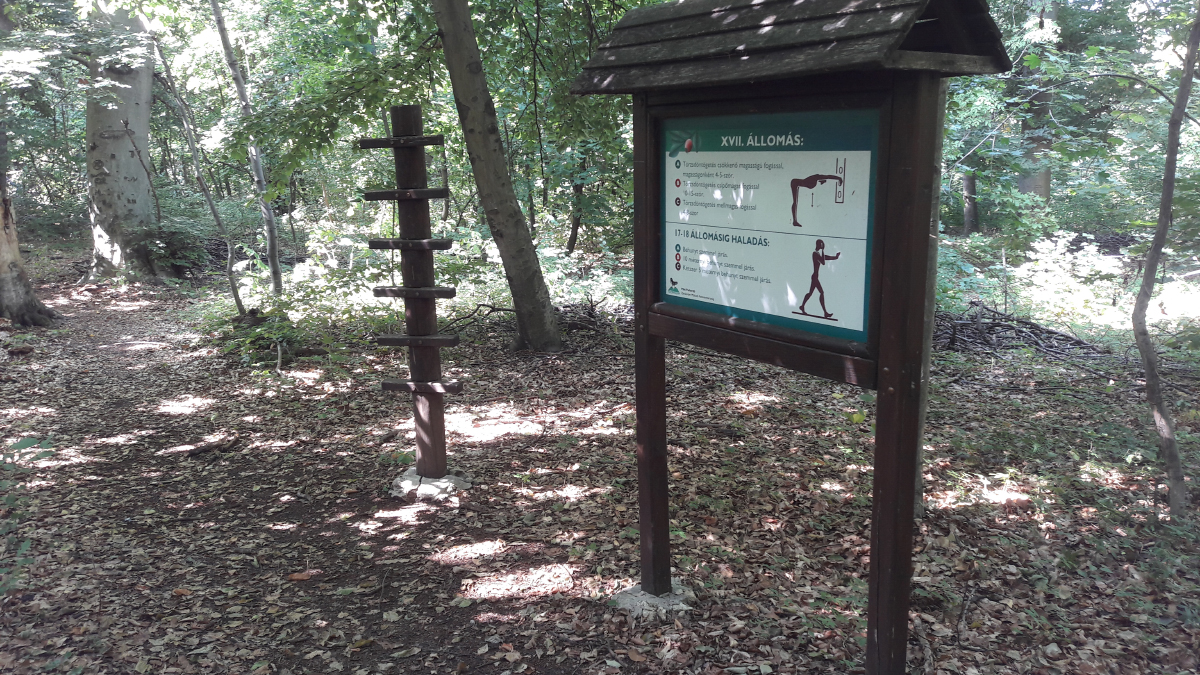
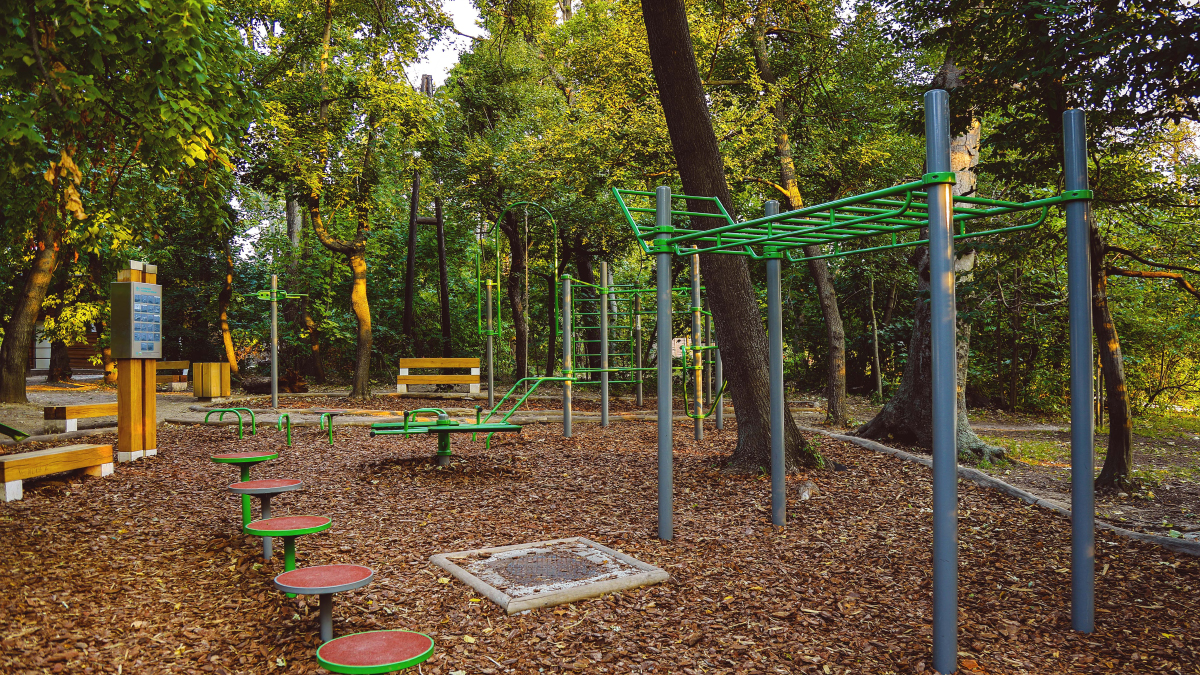












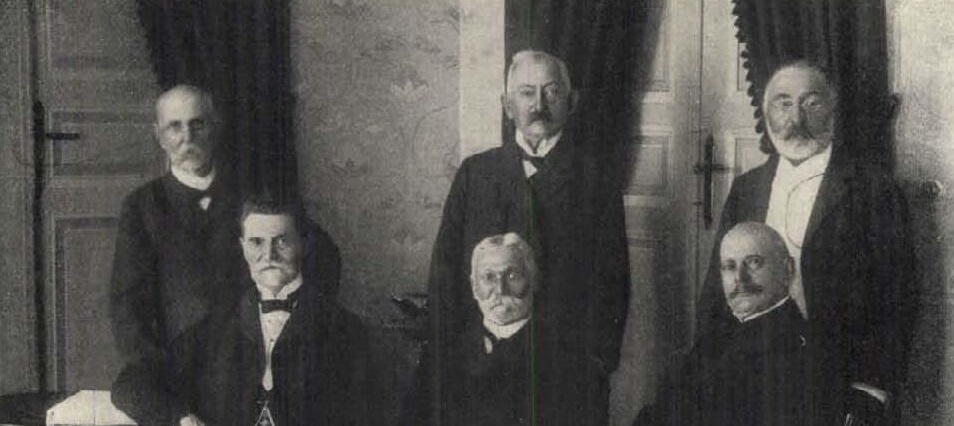
.jpg)













